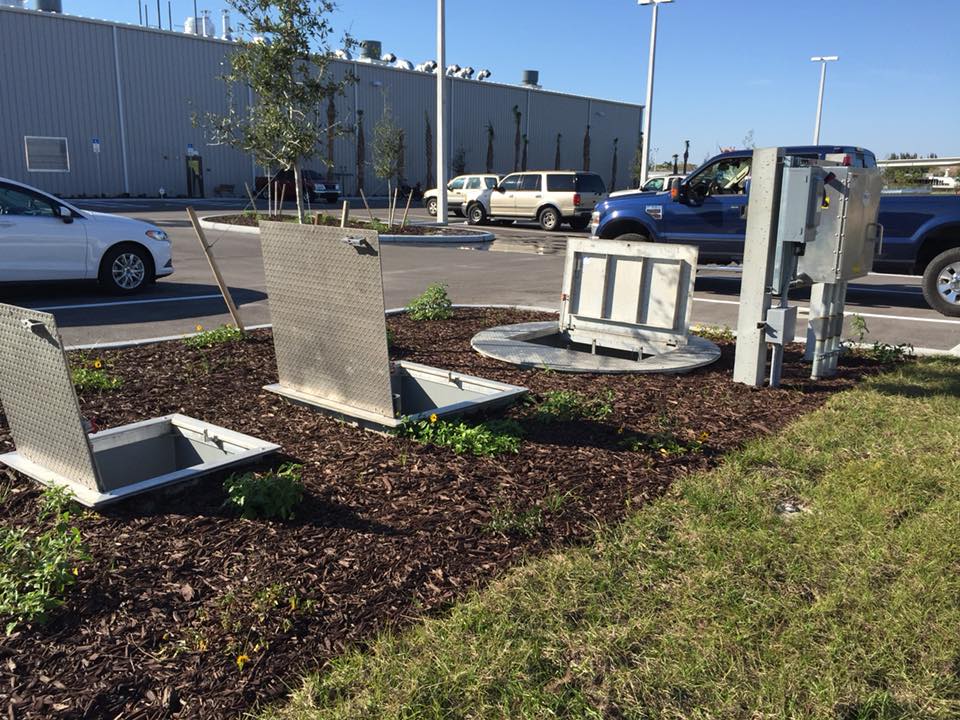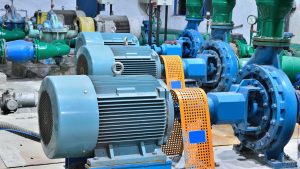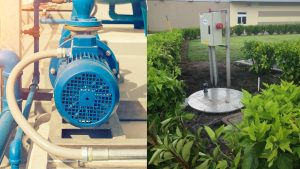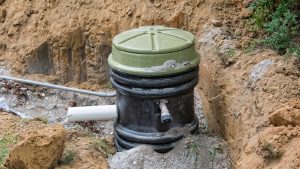In the realm of wastewater management, the revolutionary lift stations have emerged as game-changers, ensuring an uninterrupted flow of wastewater throughout the collection system. These highly efficient stations employ cutting-edge technology and advanced pumping systems to maintain the smooth movement of wastewater, even in challenging terrains.
By strategically lifting the wastewater to higher ground, these stations guarantee a continuous downhill flow, preventing any disruptions or blockages.
In this article, we will delve into the intricate workings of these lift stations and explore the significant benefits they bring to wastewater management.
Purpose and Operation of Lift Stations
Lift stations play a crucial role in maintaining the continuous flow of wastewater in the regional collection system. These stations are equipped with smart technology that allows for efficient operation and monitoring. Sensors measure the water level in the underground tank, known as the wet well, and activate the pumps when the water reaches a certain depth.
Submersible pumps, similar to sump pumps, are commonly used in lift stations to lift the wastewater to higher ground through a force main. Maintenance and safety measures are essential in lift stations to ensure optimal performance and prevent accidents. Access hatches to the wet well are locked and monitored to prevent unauthorized entry.
Lift stations are designed with above-ground structures that provide easy access for maintenance and repair. By effectively pumping wastewater and maintaining the flow, lift stations contribute to the overall efficiency and functionality of the regional collection system.
Types of Pumps in Lift Stations
Submersible pumps, commonly employed in lift stations, play a pivotal role in efficiently lifting wastewater to higher ground through a force main, seamlessly continuing the flow of wastewater in the regional collection system. These pumps offer several advantages, including:
- Submersible pumps are designed to operate underwater, eliminating the need for above-ground structures.
- They are self-priming, meaning they can start pumping without the need for manual priming.
- Submersible pumps are typically more energy-efficient compared to other types of pumps.
- They have a compact design, allowing for easy installation and maintenance.
- These pumps are generally quieter, reducing noise pollution in the surrounding area.
Maintenance of lift station pumps is crucial to ensure optimal performance. Regular inspections and preventative maintenance can help identify potential issues before they become major problems. Maintenance tasks may include checking the pumps for wear and tear, cleaning or replacing filters, and monitoring the electrical components.
Additionally, it is important to establish a maintenance schedule and keep detailed records of all maintenance activities to track the pump’s performance and identify any recurring issues.
Equipment in Lift Stations
The equipment found in lift stations is essential to the proper functioning and operation of these wastewater management facilities. Lift stations often have an above ground structure that houses the necessary equipment. This structure provides easy access for maintenance and repair purposes.
The equipment housed in the structure includes submersible pumps, which are commonly used in lift stations. These pumps are located in the water of the wet well and are similar to sump pumps found in homes. Larger and more complex lift stations may have pumps placed in a separate room, allowing for easier access and maintenance.
Additionally, access hatches to the wet well are locked and monitored to prevent unauthorized entry, as the wet well environment can be dangerous and require safety precautions.
Benefits of Quality Lift Stations
Lift stations offer numerous benefits in ensuring the continuous wastewater flow throughout the collection system.
One of the main advantages is improved efficiency. These lift stations are designed to optimize the pumping process, resulting in reduced energy consumption and lower operating costs. By utilizing advanced technologies and control systems, the pumps inside the lift stations can adjust their operation based on the flow rate and demand, further enhancing efficiency.
Additionally, these lift stations require minimal manual intervention, leading to reduced maintenance. The use of robust materials and components, along with smart monitoring systems, helps to detect potential issues and prevent failures, minimizing the need for frequent maintenance and repairs.
Innovative Pumping Solutions for Uninterrupted Wastewater Management by South Florida Lift Stations
South Florida Lift Stations, with its advanced pumping solutions, plays a crucial role in ensuring the smooth operation of wastewater systems. Their sophisticated technology lifts wastewater to elevated areas, facilitating a constant downhill flow through force mains.
With their comprehensive range of equipment, South Florida Lift Stations’ state-of-the-art pumping solutions significantly contribute to proper wastewater management in our area.
Acting as the backbone of wastewater management, South Florida Lift Stations guarantees that wastewater is safely returned to the environment, demonstrating how they can assist their customers with their innovative pumping solutions.








